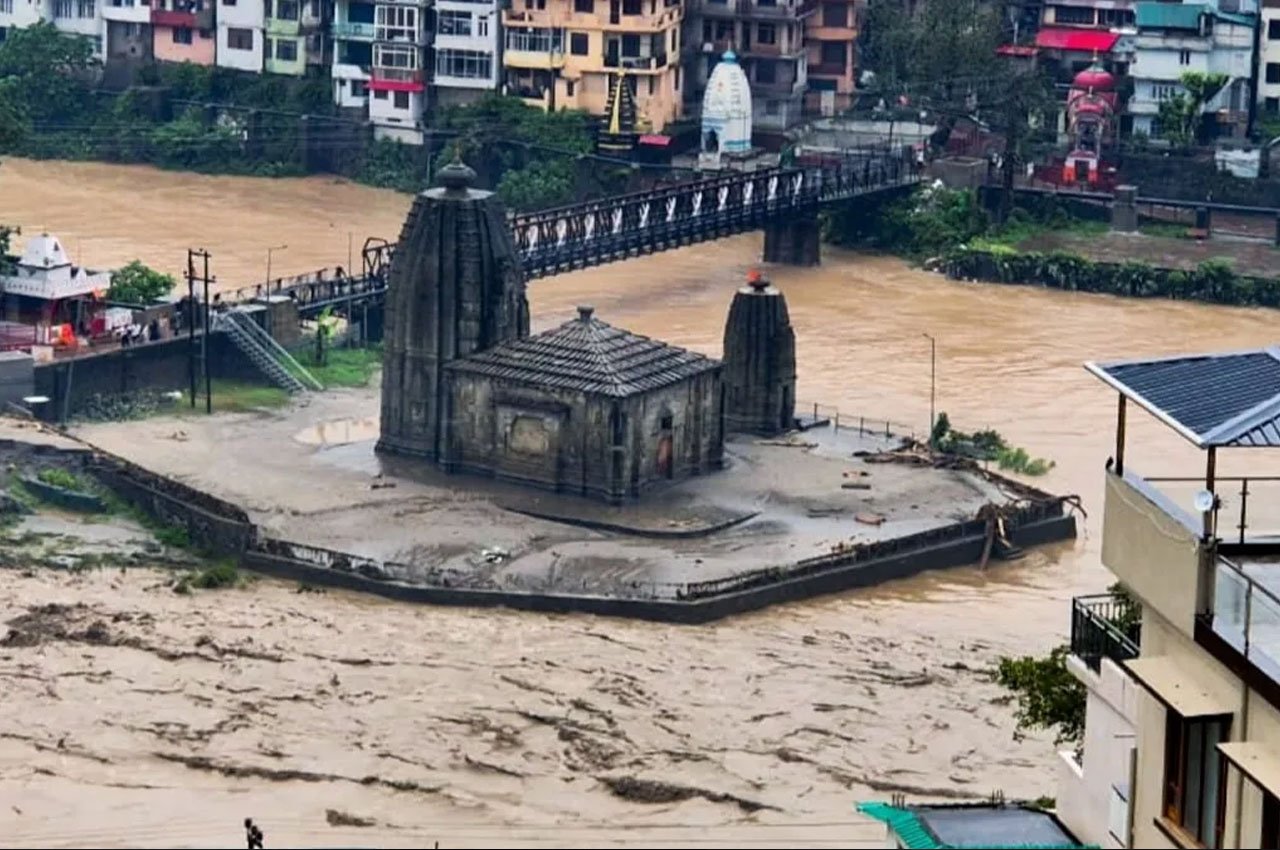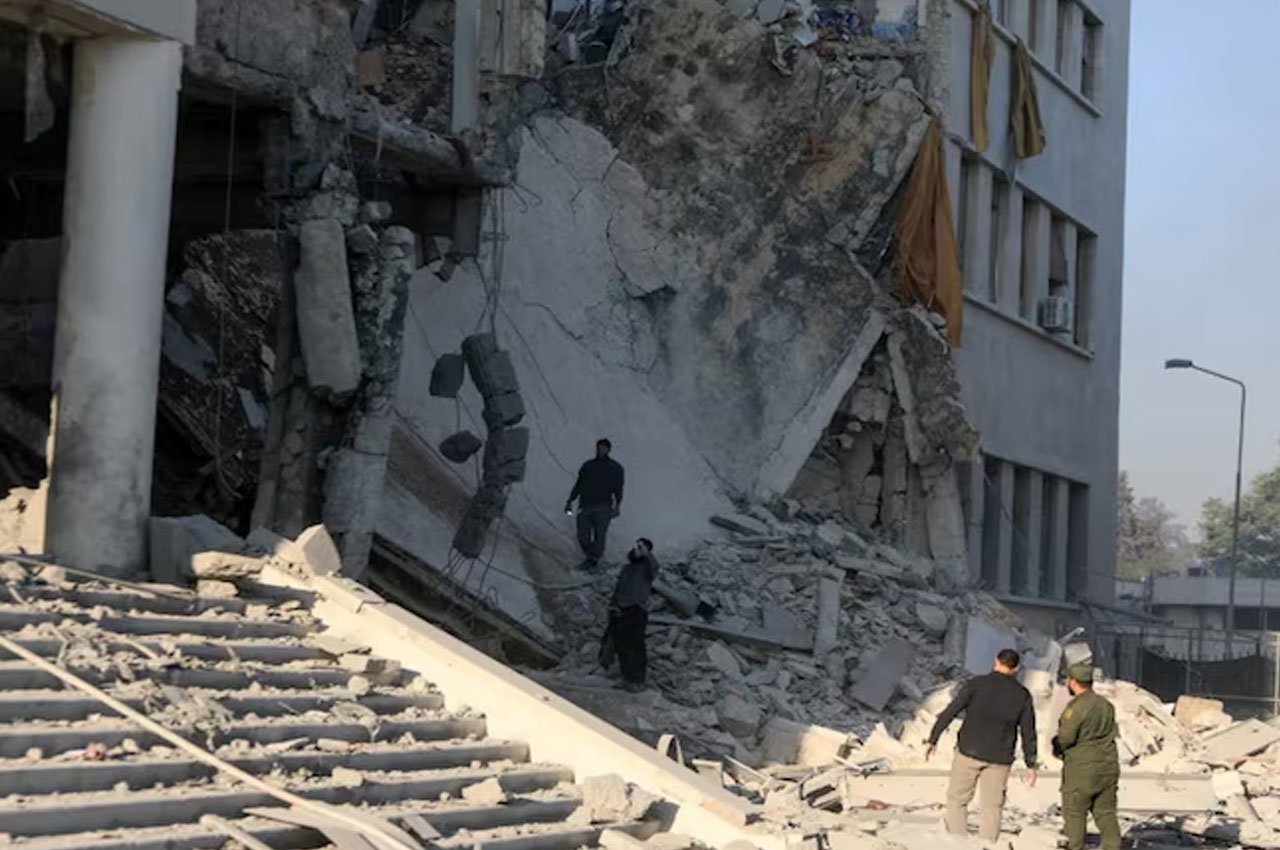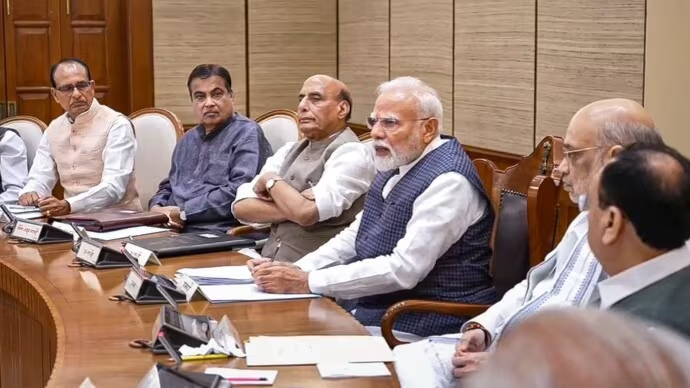Monsoon Havoc in Himachal Pradesh. Photo Credit: indiatvnews
The ongoing monsoon havoc in Himachal Pradesh has led to a tragic loss of life and massive disruption. According to the latest official data, at least 72 people have died, 40 are missing, and over 500 roads remain blocked as torrential rains triggered flash floods, landslides, and widespread destruction across the hilly state, as reported by the India TV News.
Scale of the Disaster
The monsoon fury, which began intensifying in mid-June, has since escalated into one of the deadliest and most disruptive spells in recent years. Several areas—particularly in Mandi, Kullu, Shimla, and Kangra—have reported multiple cloudbursts and landslides. In Mandi alone, 14 such events have been recorded.
Authorities have placed large parts of the state under an orange alert, with the India Meteorological Department warning of continued heavy to very heavy rainfall in the coming days.
Death Toll Mounts, Search Operations Continue
The death toll, which has steadily risen over the past two weeks, includes victims of landslides, house collapses, drowning incidents, and road accidents. Approximately 40 individuals are still unaccounted for, and rescue operations are underway in the worst-hit areas. More than 100 others have sustained injuries.
The Himachal Pradesh State Disaster Management Authority has pegged the estimated loss to public and private property at over ₹700 crore, covering damage to roads, water supply systems, bridges, electricity infrastructure, and residential buildings.
Transport and Connectivity in Shambles
The state’s transportation network has suffered a major blow. Over 500 roads are blocked, including key highways and inter-district routes. In Mandi district alone, more than 260 roads have been rendered impassable. National Highway 5 and the Chandigarh-Manali road faced long closures, leaving hundreds of tourists and residents stranded.
Many remote villages have been completely cut off, with emergency services struggling to reach them due to landslide debris and overflowing streams.
Rescue and Relief Operations in Full Swing
The state government, aided by the National Disaster Response Force (NDRF), State Disaster Response Force (SDRF), local police, and home guards, has deployed multiple teams for search, rescue, and relief. Helicopters are being used in some areas for airlifting stranded individuals and providing essential supplies.
Chief Minister Sukhvinder Singh Sukhu has been monitoring the situation closely and has sought immediate assistance from the central government. Emergency helplines and shelter camps have been set up across affected districts.
Climate Change and Himalayan Vulnerability
Experts believe that the intensity and frequency of such weather events are signs of a shifting climate pattern, especially in the fragile Himalayan ecosystem. The increasing occurrence of cloudbursts, flash floods, and unpredictable monsoon behaviour has raised alarm among climate scientists and disaster planners alike.
Environmentalists are calling for urgent measures to strengthen infrastructure resilience, improve early warning systems, and revise urban planning in hilly regions to mitigate damage from such disasters.
Impact on Daily Life and Economy
Beyond the loss of lives, thousands of families have been displaced, crops have been destroyed, and local markets have shut down. The state’s tourism-driven economy has taken a hit, with bookings being cancelled and travel routes closed. With schools shut and internet services down in several areas, normal life remains paralyzed.
Farmers, shopkeepers, and small businesses—especially those in rural belts—face long-term challenges in rebuilding their livelihoods.
The Road Ahead
With weather forecasts predicting continued rain over the next few days, the administration remains on high alert. Officials have appealed to citizens to avoid travel to hill stations and follow safety advisories. Restoration of road access, electricity, and water supply is underway but expected to take several days in remote locations.
The tragic consequences of this monsoon spell underscore the need for long-term climate preparedness and sustainable infrastructure planning in vulnerable regions like Himachal Pradesh.
For more spotlight stories click here
Follow us for latest updates:




